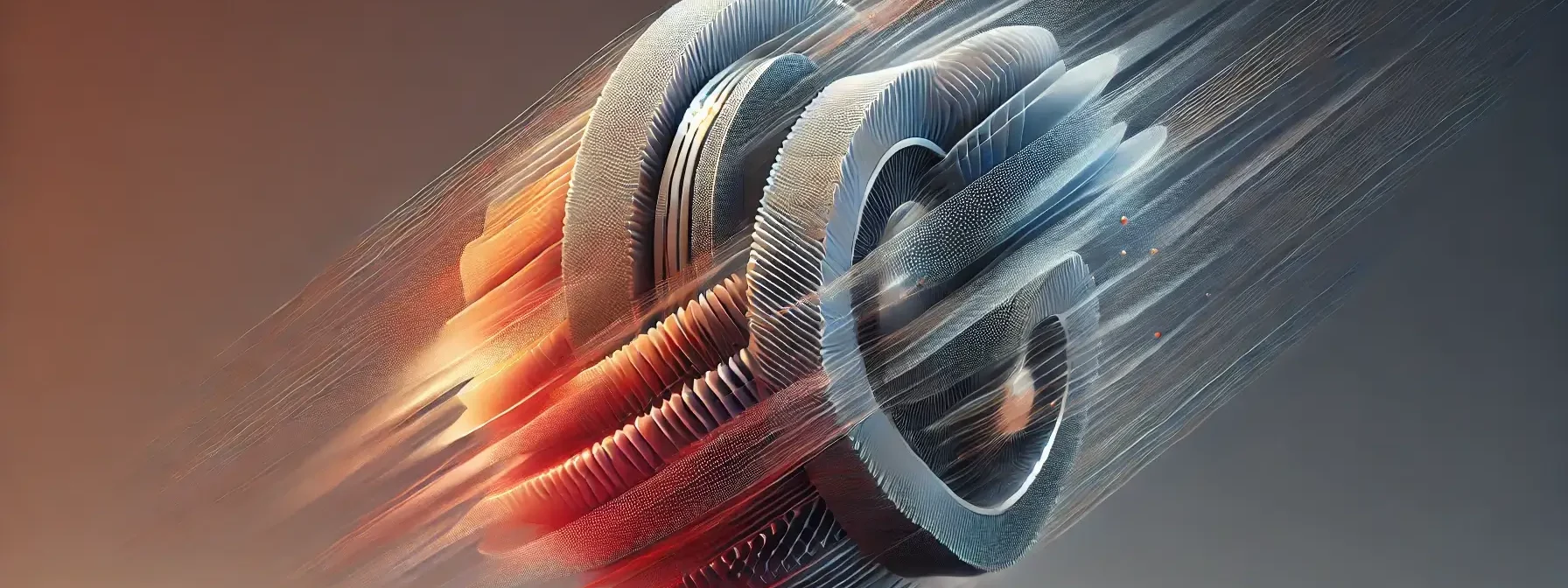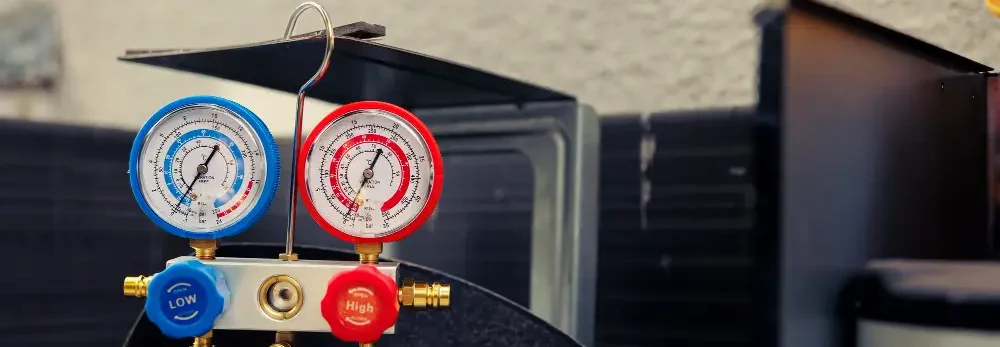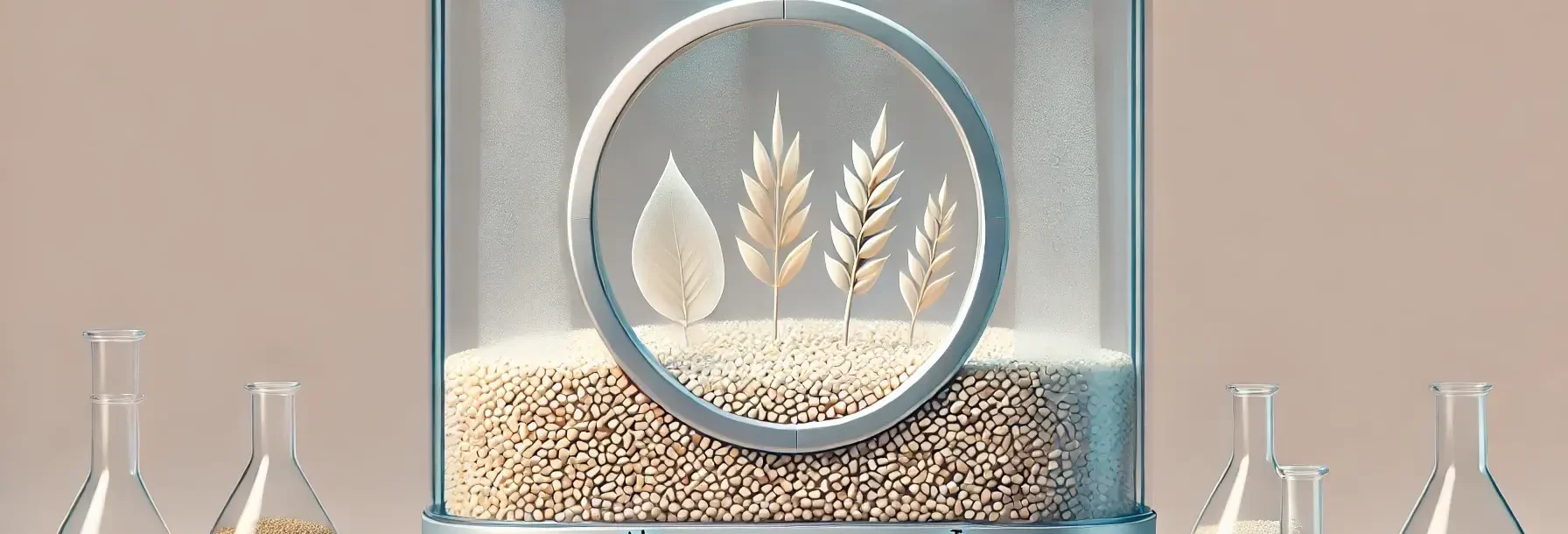Venturimeter
Principle of Venturimeter: Based on Bernoulli’s theorem. The fluid’s velocity increases, and pressure decreases as it passes through the throat of the Venturimeter. Formula: $Q = C_d A_1 \sqrt{\frac{2\Delta P}{\rho \left(1 – \left(\frac{A_2}{A_1}\right)^2 \right)}}$ Where: Q = flow rate Cd = discharge coefficient A1 = cross-sectional area of the pipe before the converging section A2 … Read more




